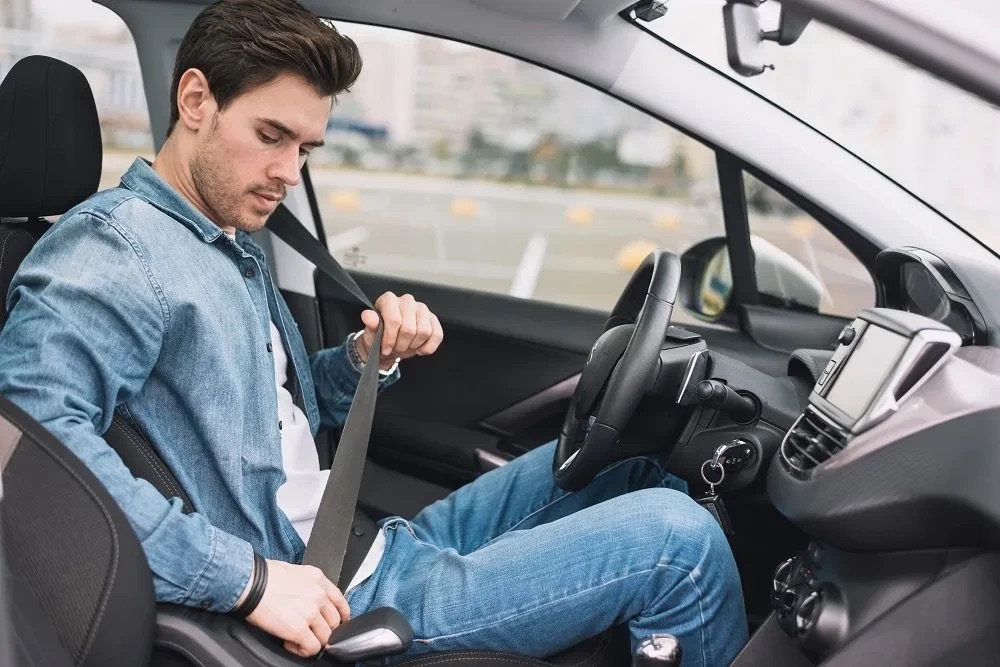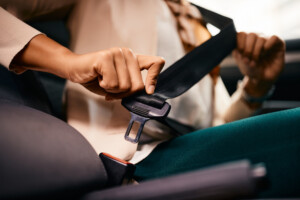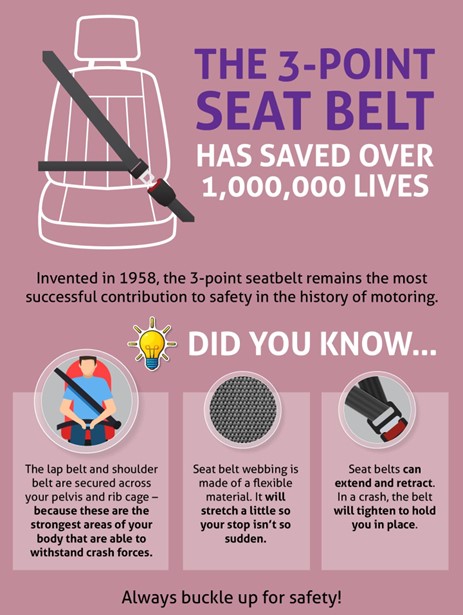

In Texas, as in the rest of the United States, wearing a seat belt is one of the simplest and most effective ways to protect yourself while driving. Despite the well-established benefits of seat belt use, many drivers and passengers still neglect this crucial safety measure. In fact, seat belts save thousands of lives every year, but Texas continues to face challenges in ensuring that every driver and passenger buckles up.
In this blog, we will explore the importance of wearing a seat belt in Texas, the laws surrounding seat belt use, and how buckling up can save your life. Whether you’re a first-time driver or a seasoned veteran, it’s essential to understand why wearing a seat belt is one of the best choices you can make for your safety.
Seat belts are designed to keep you safe in the event of an accident by reducing the risk of serious injury or death. Here’s how wearing a seat belt can make a difference:
According to the National Highway Traffic Safety Administration (NHTSA), seat belts reduce the risk of fatal injury to front-seat passengers by 45% and the risk of moderate-to-severe injury by 50%. In the event of a crash, seat belts help prevent you from being thrown from the vehicle, which can often result in more severe injuries or death.
Rollovers are some of the most dangerous types of accidents, and wearing a seat belt can significantly reduce your chances of being ejected from the vehicle. Being ejected from a vehicle during a rollover is often fatal, but wearing a seat belt keeps you inside the car, greatly improving your chances of survival.
Wearing a seat belt isn’t just about protecting yourself—it’s also about protecting your passengers. In a crash, an unbelted passenger can be thrown into other passengers or collide with the vehicle’s interior, increasing the risk of injury for everyone involved. By ensuring everyone in the vehicle is wearing their seat belt, you are helping to reduce the chances of injury for all passengers.
In addition to protecting you from being ejected, seat belts also reduce the severity of injuries by slowing your body down more gradually during a collision. Without a seat belt, you would continue moving at the same speed as the vehicle until you hit something inside or outside the car. The force of a sudden stop can cause severe trauma to the body, but seat belts keep your body securely in place, minimizing the impact.


Wearing a seat belt is one of the simplest and most effective ways to protect yourself on the road. In Texas, where traffic fatalities remain a concern, wearing a seat belt can make all the difference. By understanding the state’s seat belt laws, encouraging safe driving habits, and educating others about the importance of seat belts, we can help reduce injuries and fatalities and make Texas roads safer for everyone.
